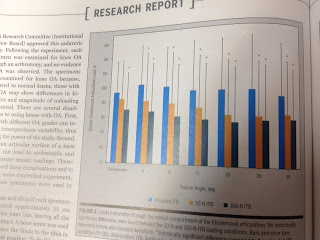Studies find a decrease in knee pain by increasing hip flexor and glute max strength
Many runners suffer from knee pain at some point in their running career. Knee injuries can be difficult to settle down and are often accompanied by swelling, weakness, and altered running form. For runners this can be a huge problem and mean the end of their racing season. Many Runners are told their knee pain is arthritis and their options are limited, including medication, surgery, bracing or use of a cane. An end to their running career at this point seems inevitable and we begin to catastrophise. Will we ever run again?!!! For a runner these option are unacceptable and they often continue to run with pain, only making the problem worse.
Fear not my running friends! There is great news for knee pain sufferers in the world of science! A research study published in the July 2013 Journal of Orthopaedic & Sport Physical Therapy is reporting that increasing strength of the hip flexor muscles (specifically the Tensor Fascia Latae), the IT band, and the gluteus maximus has been shown to decrease load on the inside of the knee joint by transfering load to the outside knee joint. The theory behind unloading is that this will slow disease progression of medial joint line Osteoarthritis sufferers, decrease pain, and improve function. The study was done using knee cadavers hooked up to a robotic testing system where load of the inside and outside joint surface was measured with 0N, 50N and 100N of Force applied to the ITB in 0-30 degrees of knee bend. J Ortho Sport Phys Ther 2013;43(7);478-485. Epub 18 March 2012.

